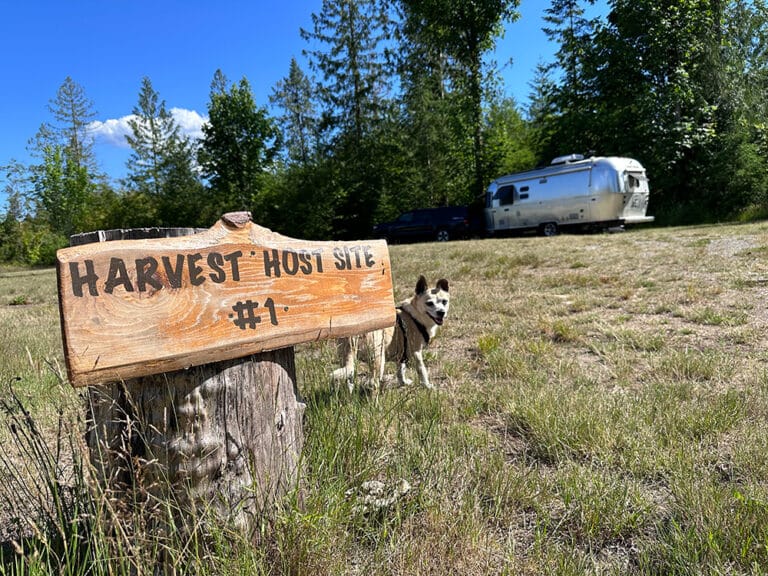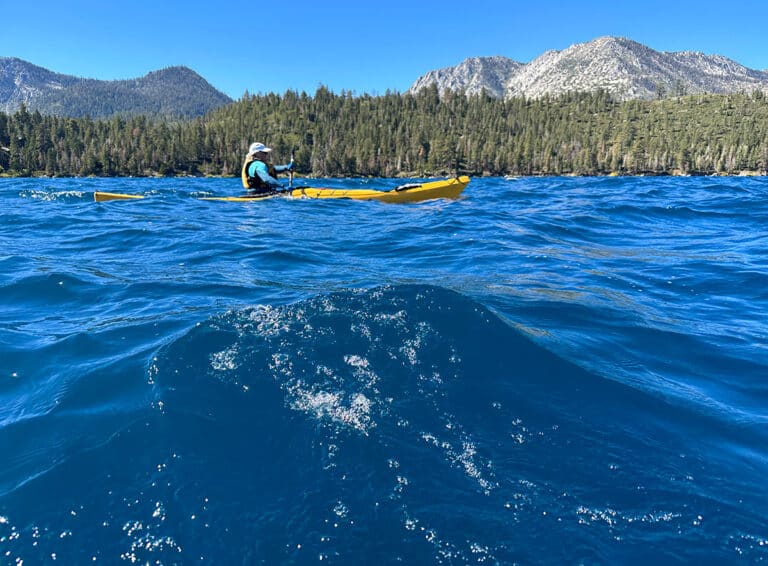9 RV Living Myths That Stop People From Hitting the Road

RV life looks dreamy on Instagram — golden sunsets, mountain views, cozy campfires. But behind every postcard-perfect photo is a real person who once said, “Could I really do that?”
If you’ve ever imagined downsizing, working remotely, or traveling full-time, chances are you’ve also run into a few RV living myths that made you pause. After years of road life with my dogs and my Airstream, I can tell you: most of these fears come from misunderstanding what RV living actually looks like.
Let’s bust the 9 biggest myths keeping people parked.
This post may contain affiliate links. If you purchase through our partner links, we get paid for the referral at no additional cost. For more information, visit my disclosure page.
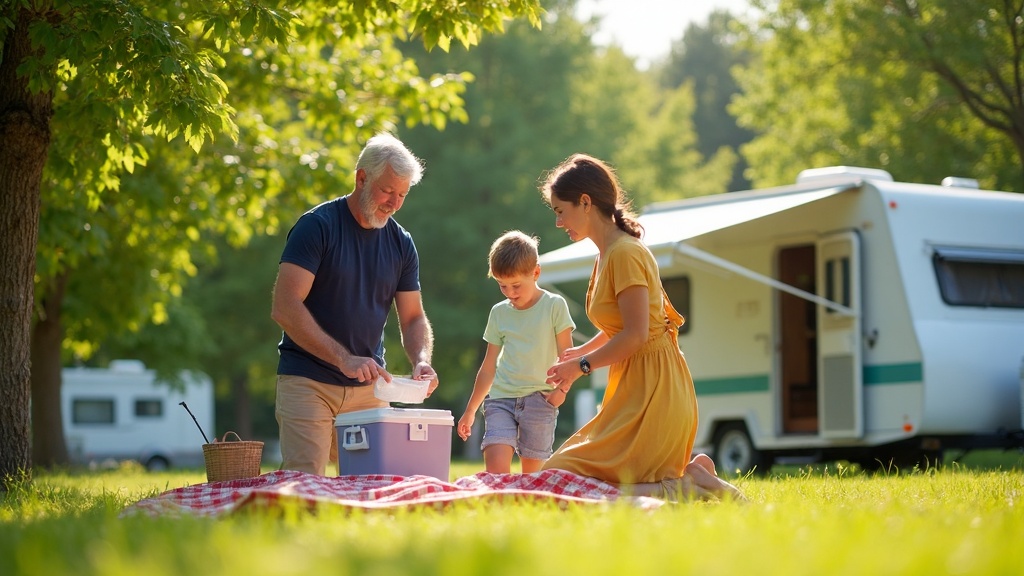
1. “RVing Is Just for Retirees.”
RV life isn’t just for retirees chasing sunshine — it’s for anyone craving more freedom. Today’s travelers include remote workers, families, solo women, and digital nomads of all ages. Whether you go part-time, full-time, or seasonal, RVing is a flexible lifestyle that adapts to you.
According to RV Pro, the median age of RV owners has dropped to 49 years in 2025, and 46% of owners are in the 35-54 age range.
Some people worry about the difficulty of towing a trailer, but 80% of RVs are trailers. I’m a 60-something digital nomad who never towed anything before I bought my Airstream Travel trailer. I watched videos to learn how to back into campspots. It just takes practice.

2. “It’s Too Expensive to Live in an RV.”
RV living can be cheaper than traditional life if you plan smart. Free camping on public lands (BLM, national forests) and memberships like Harvest Hosts, which offer unique camping locations such as farms, breweries, wineries, and off-grid setups, all help cut costs. Fuel, insurance, and maintenance are real — but you’ll save on rent, utilities, and more.
RV ownership grew 62% over 20 years. About 61% of owners are between the ages of 18 and 54 (not just retirees), and half of RV owners are employed full-time, while only 24% are retired, indicating wider affordability. Over half (53%) of RV owners report an annual income over $75K.
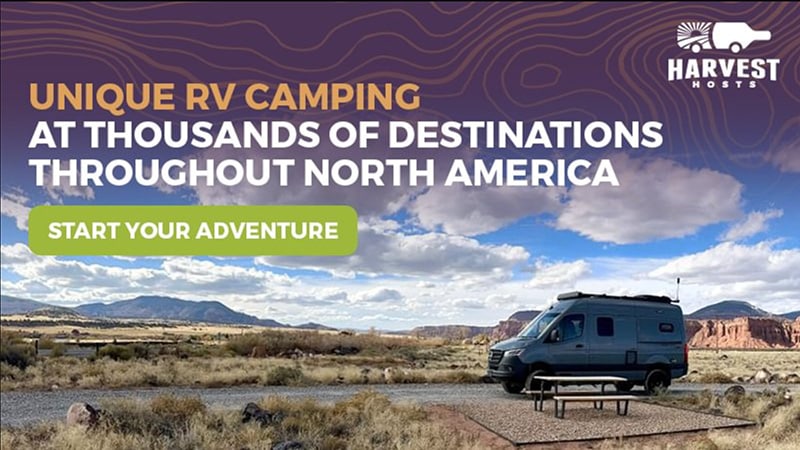

3. “It’s Too Dangerous for Women to Travel Alone.”
This is the myth I hear most as a solo female traveler — and the one I love debunking. Solo women campers are a growing segment, estimated at 12-20% of the RV market and rising. It is clear that it’s a fast-growing segment of the RV market and that these solo women campers are not always single, windowed, or divorced. Many are married but travel alone because their spouse just doesn’t like camping.
Just ask, Janine Pettit, of GirlCamper.com, who built a thriving business to serve solo women campers. Growth in women RV travel has increased 52% in 2025.
Today with there is such excellent technology available such as GPS trackers, and apps like RV Trip Wizard, the Dyrt Pro and Campendium, and many more useful RV apps. Navigation and safety become very manageable.
In my experience on the road, kindness outweighs danger. Most people on the road are fellow travelers willing to lend a hand, share directions, or swap campfire stories. Solo travel doesn’t mean being alone — it means being open.
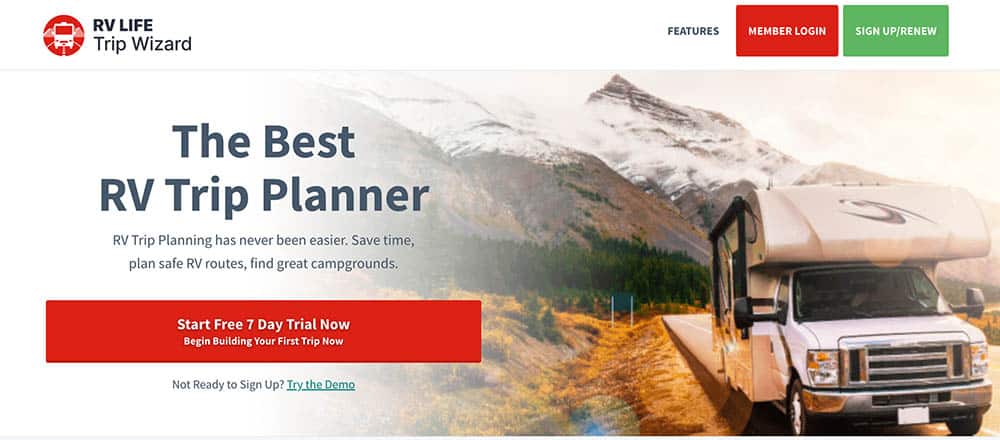

4. “RV Living Means Roughing It.”
Forget sleeping bags and cold beans. Modern RVs come with everything from smart fridges to office set-ups for the digital nomads to solar panels that track the sun. Even minimalist setups can be cozy with the right gear — think a quality mattress topper, good lighting, and a strong Wi-Fi signal.
Want off-grid independence? Add solar panels and lithium batteries and on road connectivity and you are good to go. Want comfort? Park near a hot spring. You decide.

5. “It’s Too Hard to Work Remotely.”
Thanks to Starlink, mobile hotspots, and campground Wi-Fi, remote work is easier than ever. Many RVers log in from the mountains, the desert, or the beach. Roughly 22% of RV-owning households now include a remote worker; among owners aged 25-34, that climbs to 70%.
From services such as the Nomad Air Unlimited Travel Plan that provide digital nomads with consistent service to satellite internet solutions such as StarLink Roam that ensure internet access in even the most remote corners of the world. You’ll quickly learn how to blend productivity and adventure.
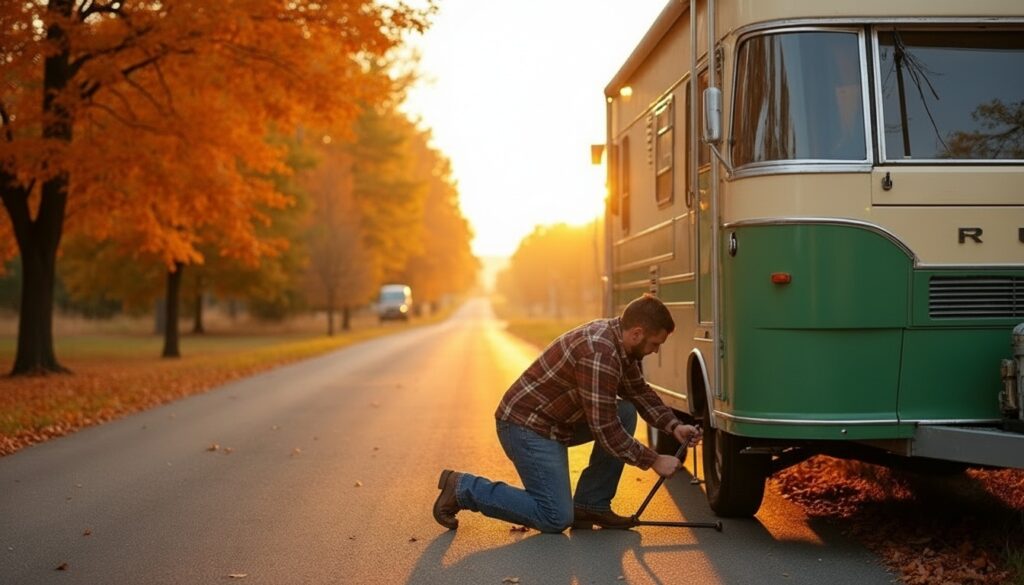
6. “RV Maintenance Is Too Complicated.”
You don’t need to be a mechanic — just curious and willing to learn. RV life turns everyone into a problem solver. From fixing leaky faucets to checking tire pressure, most maintenance is manageable with YouTube tutorials, Facebook groups, and friendly advice from campground neighbors. My personal favorite is the RV Repair Woman.
In my experience when things go wrong you learn quickly. I got my first flat tire on my Airstream in a remote location with no cell service. Luckily I had a spare tire but no jack! But just when I was going to make a long haul into a town, a camper came by noticed my flat tire and offered to send her husband over with his jack. That’s how I have found life on the road, everyone looks out for each other.
I subscribe to Airstream Addicts facebook group and there are plenty of other great resources such as RV Entrepreneur podcast to name a few. I’d also suggest that you keep a maintenance log (dates, what was done, parts replaced) — many tutorials (especially the one by Mobile RV Tech Services) include check-lists. And there are mobile RV services that will come to you.
Set a reminder for annual checks (tires, brakes, roof seal, water system) — one tutorial lists 5 major annual maintenance items.
Every challenge teaches you confidence.

7. “You’ll Get Bored or Lonely.”
The open road is full of connections — if you’re open to them. If you join Harvest Hosts like I did, you’ll meet farmers, artists, wine makers, crafts people and fellow travelers with stories that stay with you. Yes, there are quiet moments, but solitude becomes an invitation to slow down, reflect, and listen to your own voice.
And for the lonely days? Campfire chats, RV meetups, and even local breweries offer instant community.

8. “You Have to Sell Everything and Go All In.”
Not true. You can dip your toes in first — start with weekend trips or seasonal journeys. Many RVers keep a home base or part-time jobs while exploring. This lifestyle isn’t all or nothing — it’s custom-built for flexibility.
I travel part-time, sometimes for months on the road, but I also have a small cottage as a home base. Being on the road can get tiring and its nice to regroup, see friends and relax for a bit before the next trip calls my name. I also love to travel in the spring and fall and stay home more during the summer months.

9. “It’s Just a Fad.”
The RV boom might’ve started during the pandemic, but it’s become a movement toward intentional, slower, more sustainable travel. RVing isn’t about escaping life — it’s about living it more fully. With community, simplicity, and freedom at the core, this lifestyle continues to evolve with every traveler who hits the road.
✨ Final Thoughts
RV living isn’t perfect — but neither is standing still. If you’ve been waiting for the “right” moment to start your adventure, that moment is now. Pack curiosity, courage, and a good playlist — the rest, you’ll figure out as you go.





